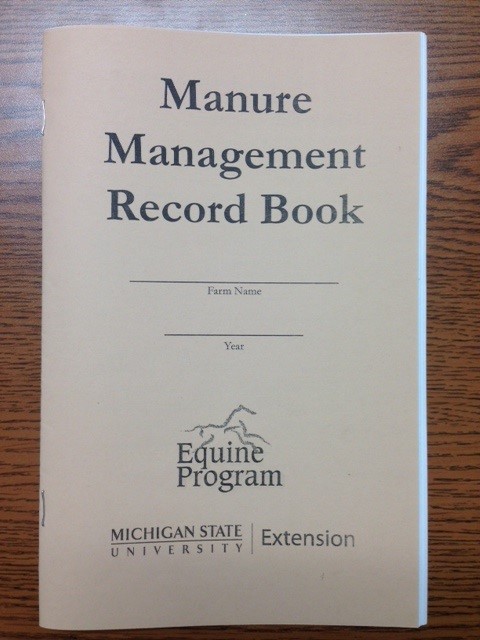An 8 step process for developing a horse manure management plan: Part 6 - Records and record keeping
Need to develop a horse manure management plan? Follow this 8 article series that discusses the components of developing a horse manure management plan.
Ahhh... records, records and more records. Record keeping may very well be the single task that many horse owners would prefer to put on the bottom of the list of daily activities in regards to chores around the farm. Understandably, taking care of and spending time with your equine investment takes top priority. However, record keeping can be used as an essential management tool around the farm and serves as a baseline for all aspects related to taking care of a horse, including horse manure management. Knowing how much manure is produced, how it is stored, when, how and where it is applied, utilized or transported are key components to developing a sustainable manure management plan for your farm in the future.
Creating a record keeping system may seem like a daunting endeavor, but it doesn’t have to be. First and foremost, finding a documentation method that works efficiently for you is the first step. This can be as easy as notes in a three ring binder, on a calendar, in an app on your phone or in some type of program on your electronic device. Do keep in mind that records should be easy to read, understood by someone else, and have the capability to be printed.

Photo by Tom Guthrie, MSU Extension.
Points of consideration for your record keeping activities:
- Document the actions you have taken to implement your manure management plan.
- Include information such as soil and manure lab analysis, manure and fertilizer spreading details by field, crops grown and yield by field.
- If composting manure: amount of manure, temperature of pile, when it was turned or aerated, etc.
- If applying manure: document date, time, air temperature, how many loads, acres covered, wind direction, etc.
- If temporarily stockpiling: record amount stockpiled for each respective month
- If manure is being picked up by someone off the farm: document the date and how much was transported off the farm. For example, if you have a neighbor that comes to your farm to get horse manure for their roses, document the date, volume removed and who it was removed by.
In the end, consider thinking of your manure management records and record keeping in this way: Commit to documenting manure management practices in a way that holds you Responsible for managing manure in an appropriate way. This will hold you Accountable for the by-product that your horses are producing and will help you avoid any Problems in the future. CRAP!
Next up in this article series of developing a horse manure management plan – Part 7, reducing or minimizing the “stink” in manure management by considering ways to control odor!



 Print
Print Email
Email